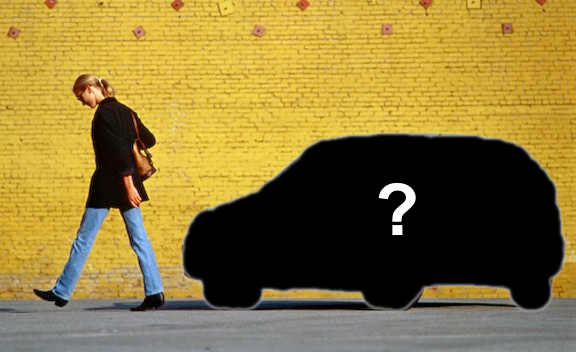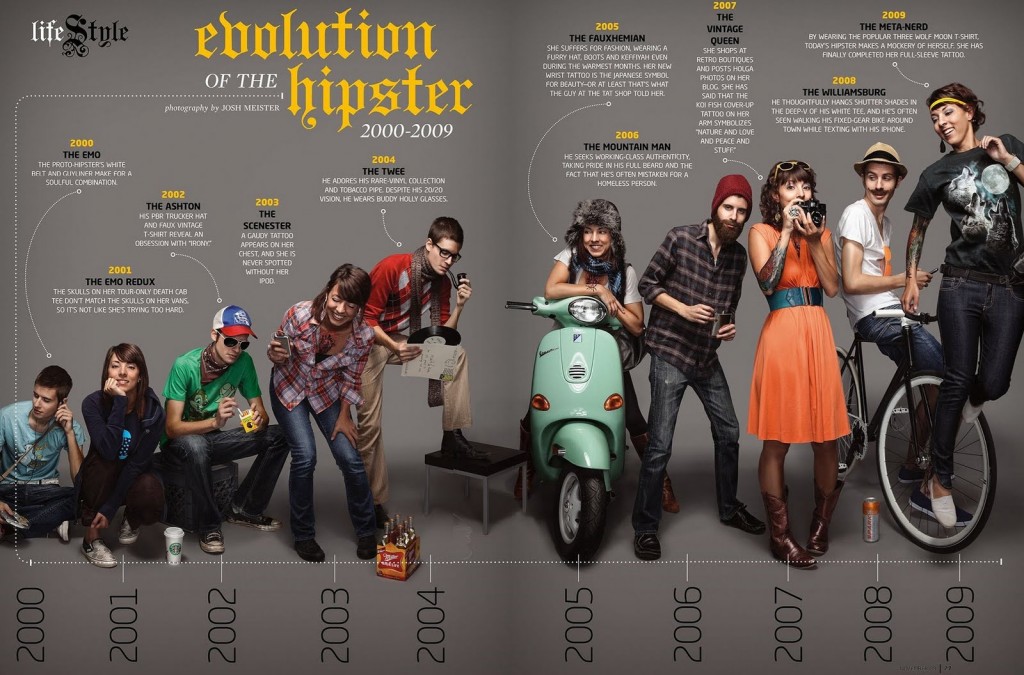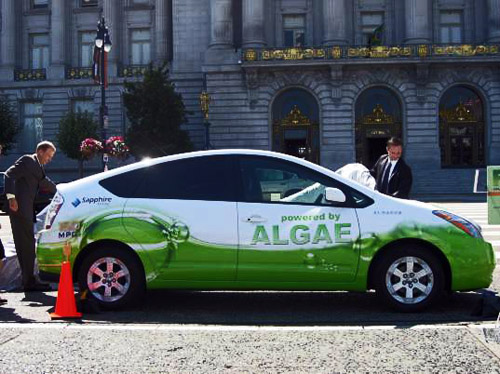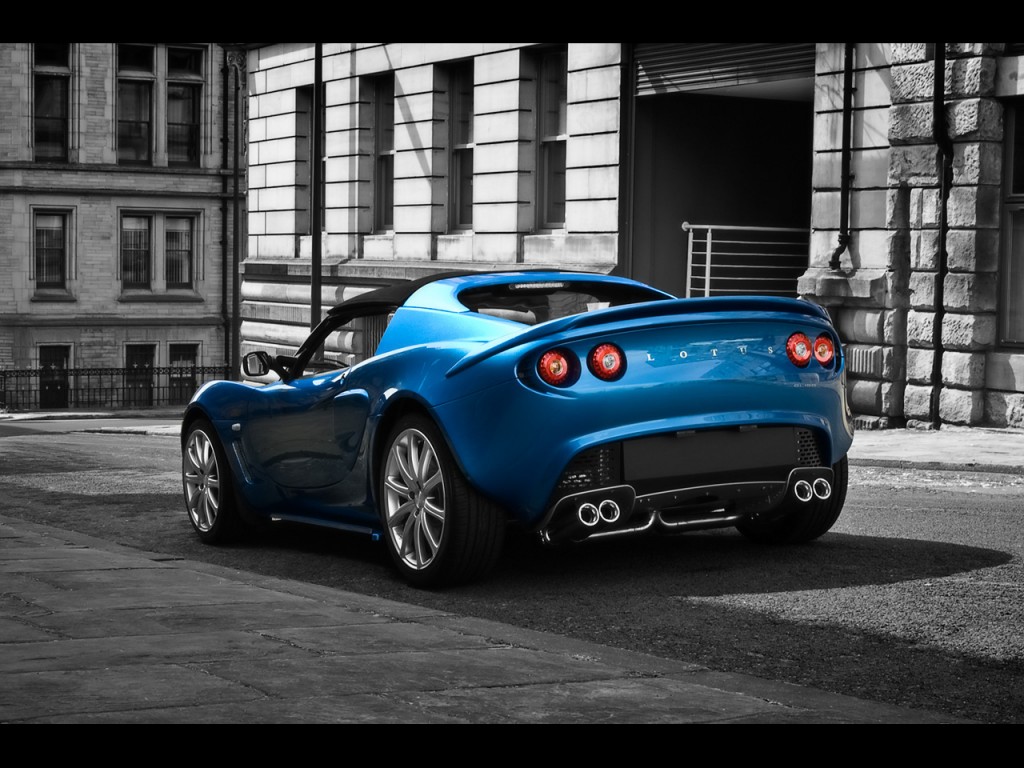Riddle: The Ultimate Hipster Machine

A friend posed a riddle: How do I buy a car that doesn’t damage my hipster credibility?
Disclaimer: This riddle has been dramatized for your entertainment. The riddle asking friend is not a hipster. No hipsters were hurt in the writing of this article.
On the surface, this appears to be a facetious question. But in reality, it’s a very real problem hipsters face. To buy a mode of transport other than a fixed-gear bicycle is to commit hipster seppaku. Unfortunately, that stylish fixie is really just a very mediocre bicycle. Without a car, the Hipster drastically limits what indie music venues she visits. Without indie music, her carefully honed musical tastes would go unshared. And most importantly, without a common social gathering place, where could she enjoy, genuinely and without irony, an ice cold Pabst Blue Ribbon?
While the jury is still out on the merits of PBR, it’s clear that the hipster image is difficult to create, and takes constant vigilance to maintain. A poor car choice could erase years of hard earned credibility and relabel a respected hipster to a mere yuppie sellout.
With these stakes in mind, the first hipster-mobile candidate is the Toyota Prius. With it’s “saving the world” branding, it suits the Hipster mindset. However, the Prius is only a solution to half the hipster problem. Christian Lorentzen of “Time Out New York” once defined hipsterism as:
“Under the guise of “irony”, hipsterism fetishizes the authentic and regurgitates it with a winking inauthenticity.”
To be a successful hipster, every action one takes must be unarguably “authentic” in a literal sense, but also simultaneously shunned by the general public. For example, the Lotus Elise is a car very true to it’s sports car aspirations. Lotus’s founder, Colin Chapman, practiced his mantra of “To add speed, add lightness” in his cars. As a result, any car enthusiast will inevitably use the words “pure” and “authentic” while describing the diminutive racer. Yet authenticity is only half of the hipster equation. A true hipster would not be seen driving an Elise because mainstream culture also covets it. Therein lies the problem: a worthy hipster-mobile needs to be absolutely authentic in purpose, while being a complete flop in execution and sales.
Like the Elise, the Prius also has an authentic goal, albeit a non-sporting one. Unfortunately, also like the Elise, the Prius soundly fails the second half of the requirements. It’s been a runaway success around the world, with over 2 million units sold by the end of 2010. It’s a good car and normal people want it, making it’s effective irony value nil. So we’re back to square one.
With a 6-pack of PBR to synchronize my thinking with the thought process of a hipster, I started the search for the elusive hipster ride. The new MiniCooper and the new Fiat 500 immediately failed the popularity test. There was a glimmer of hope for the absolutely rubbish Smart ForTwo, but even that car has a cult following in urban areas. Somewhere between beer five or six, I caved and asked my friend for the answer.
When the answer was revealed, it instantly clicked for me. This mid-90s car had a clear purpose, which was to be economical and fuel efficient. At the same time, it still managed to be universally recognized as a terrible car. What car was it? If you have a guess, send it into [email protected]. The winner will receive a virtual pat on the back, as well as 200 Rocky Points.
Update: Can’t figure it out? Here’s the solution.




